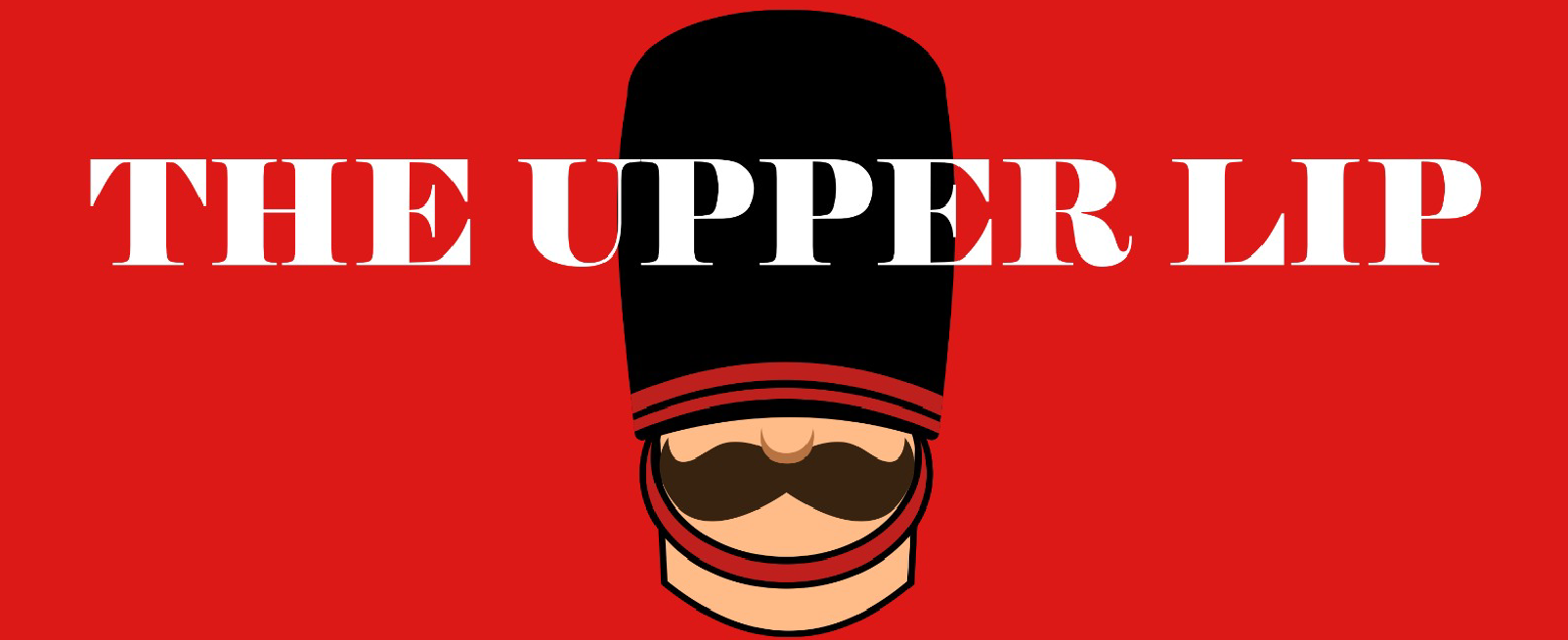Dog owners are being encouraged to use gender-neutral pronouns when referring to their pets. This evolving trend seeks to promote a more inclusive and respectful approach to pet ownership, allowing individuals to choose pronouns that align with their pet’s identity.
Traditionally, pet owners have used gendered pronouns like “he” or “she” when referring to their furry companions. However, advocates argue that this practice reinforces binary gender norms and overlooks the diverse identities and expressions that exist in the pet community.
Promoters of gender-neutral pronouns for pets suggest alternatives such as “they,” “them,” or even “ze” to create a more inclusive environment. They believe that using gender-neutral pronouns allows pet owners to respect and acknowledge the individuality of their animals, regardless of their biological sex or gender identity.
Critics of this movement argue that applying human concepts of gender to animals may be unnecessary and confusing. They contend that animals do not possess a sense of gender identity, and using gender-neutral pronouns may be an unnecessary projection of human ideals onto non-human creatures.
Despite the debate, the use of gender-neutral pronouns for pets is gaining traction, particularly among individuals who embrace inclusive language and wish to extend it to all aspects of their lives. The trend reflects a broader societal shift towards recognising and respecting diverse gender identities and expressions.
As with any language evolution, the adoption of gender-neutral pronouns for pets may vary among different individuals and communities. It ultimately comes down to personal preference and an individual’s commitment to embracing inclusive practices.
In the end, what matters most is the love and care provided to our furry friends, regardless of the pronouns we choose to use. As society progresses, it is important to engage in respectful dialogue and remain open to new ideas, ensuring that all beings, human and non-human alike, are treated with kindness and inclusivity.
















